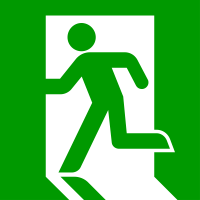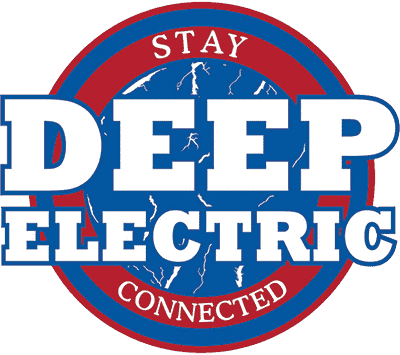
The Occupational Safety and Health Administration (OSHA) is responsible for promulgating legally enforceable standards that require the use of practices, means or processes that are reasonably necessary and appropriate to protect employees on the job. OSHA incorporates other standards adopted by standard-producing organizations into their own. OSHA promulgated Subpart E of 29 CFR 1910, means of egress, from the National Fire Protection Association NFPA 101-1970, Life Safety Code
Public buildings and offices are required to clearly mark Exits so that, in the event of an emergency person inside can find the way out. Emergency and exit signs usually are installed during construction, older converted or remodeled buildings should replace older exit models with updated exit signs and emergency lighting.
OSHA and the National Fire Protection Association (NFPA) give the general requirements for means of egress. 29 CFR 1910.35 defines a means of egress in this way: “A means of egress is a continuous and unobstructed way of exit travel from any point in a building or structure to a public way and consists of three separate and distinct parts.” :
- Exit access—that portion which leads to the entrance of an exit.
- Exit—that portion which is separated from all other spaces of a building or structure by construction or equipment to provide a protected way of travel to the exit discharge.
- Exit discharge—that portion between the termination of an exit and a public way.
OSHA requires that “each exit route be adequately lighted so that an employee with normal vision can see along the exit route”. 1910.37(b)(1). OSHA also requires that “each exit must be clearly visible and marked by a sign reading “Exit”. 1910.37(b)(2). “Each exit route door must be free of decorations or signs that obscure the visibility of the exit route door.” 1910.37(b)(3). “Each doorway or passage along an exit access that could be mistaken for an exit must be marked “Not An ” or similar designation, or be identified by a sign indicating its actual use (e.g., closet).” 1910.37(b)(5).
Apart from federal compliance with the National Fire Protection Association (NFPA) and the Occupational Safety and Health Administration (OSHA) along with the heavy penalties enforced in non-compliance, Deep Electric knows there is really only one important reason everyone should remember about functional emergency lighting and exit signs, “The proper installation and maintenance of exit signs and emergency lighting saves lives !”
The selection and installation of an exit sign or emergency light will not prevent the start of a fire or mitigate it an outcome. It will have no effect on the amount of property damage that may be caused by fire. However, it is vitally important that when evaluating the use and installation of exit signs, emergency lights, egress signs, and photo-luminescent markings, the installer is insured, licensed and state-certified.
Deep Electric can replace or repair All your emergency and exit lighting. Our state trained licensed Electricians to help with all your compliance needs. Experience quality workmanship with honesty and integrity, we look forward to being your lighting electrician of choice.
Let Deep Electric inc be your Electric Contractor of choice for your lighting and electrical needs.
Remember with Lighting and Electrical issues, we need you to “Stay connected.”
Schedule Online Call 407-294-4300 Toll Free 800-816-4764 Email Deep Electric
